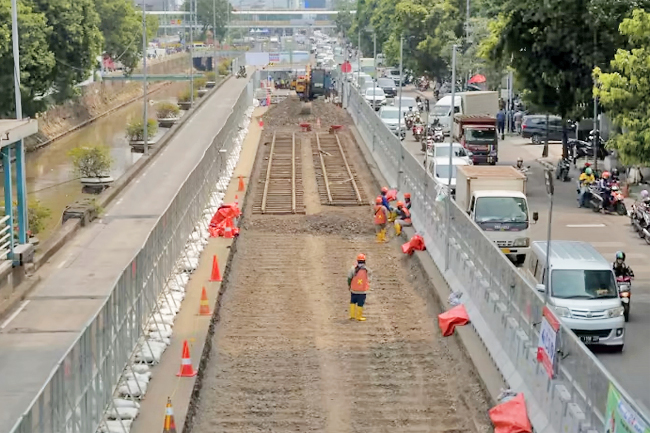CNA – Archaeologist Candrian Attahiyat remembered feeling anxious when construction for the second phase of Jakarta’s underground mass rapid transit (MRT) network began in 2020.
The 5.8-kilometre rail line would connect Jakarta’s downtown area and the northern part of the Indonesian capital which means it would cut through centuries-old neighbourhoods which date back to the time when the city was ruled by the Dutch and known as Batavia.
“I was very anxious. I think everyone in the archaeological community felt the same way,” Attahiyat, the head of Jakarta’s Cultural Preservation Team of Experts, told CNA.
Within months after construction began, Attahiyat’s fears were confirmed. Construction workers began discovering small historical artefacts in the form of ceramic fragments and bullets from past eras.
As construction work progressed, bigger artefacts were found, said the conservation experts.

Since mid-2021, workers began discovering tram tracks which date back to the 19th Century, ancient underground pipes and foundations of a centuries-old bridge.
The latest discovery occurred last month when workers unearthed a total of 1.4 kilometres of tram tracks in six locations.
A heated debate over the fate of these objects soon ensued.
Several archaeologists, including Attahiyat, believed that these historical objects should stay in their original positions. But MRT Jakarta argued that it would be very difficult to resume construction if these artefacts were not removed.
In the end, the railway operator only agreed to preserve a handful of objects which will not interfere with their work.







